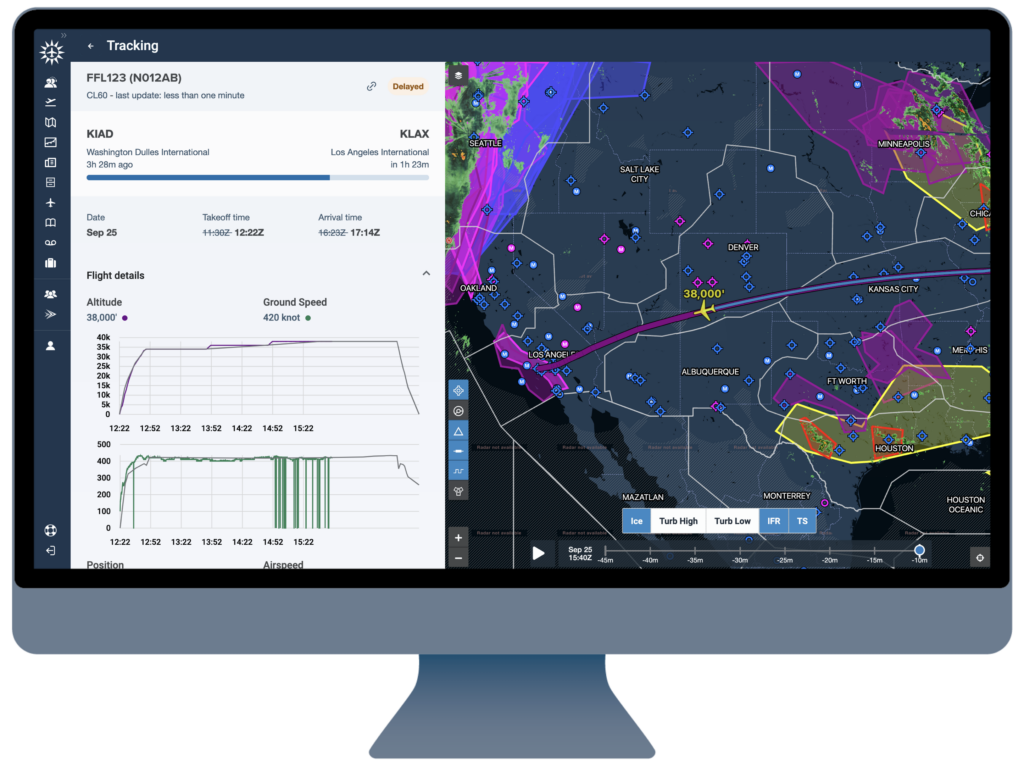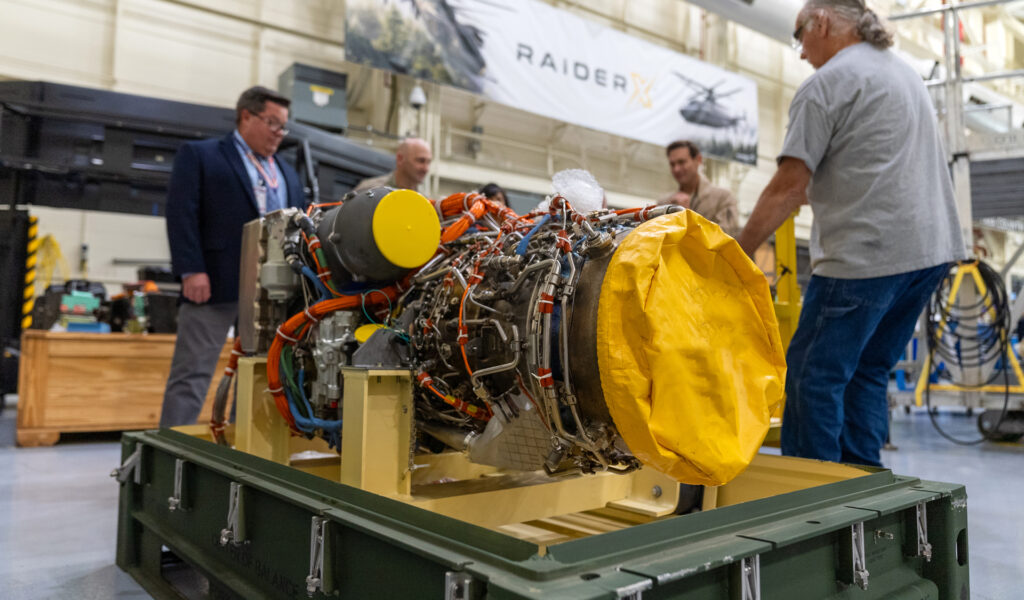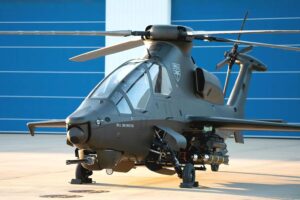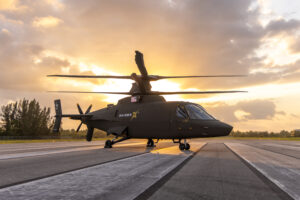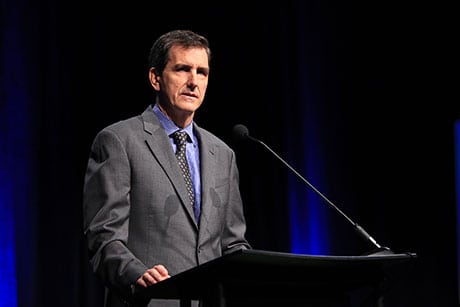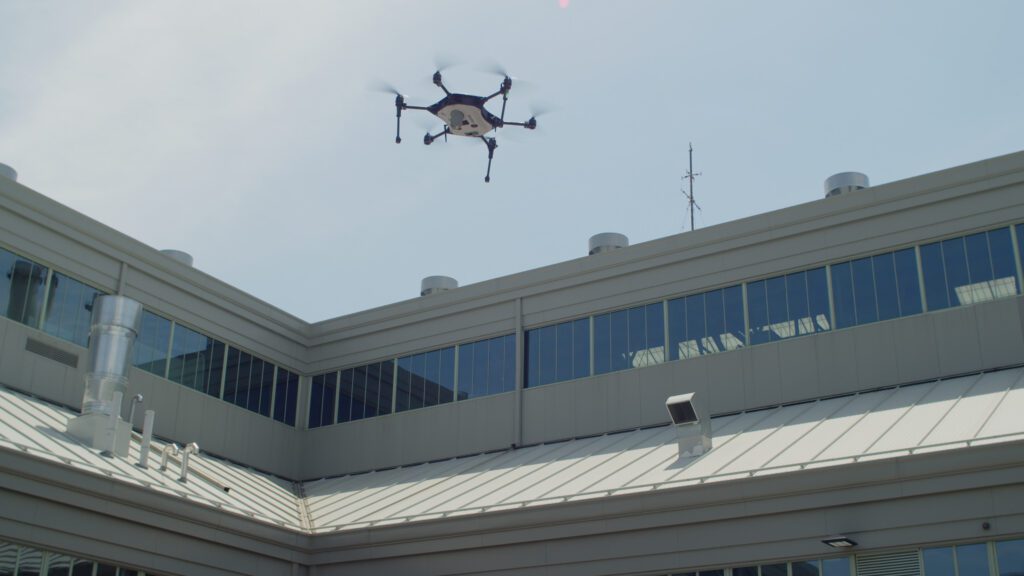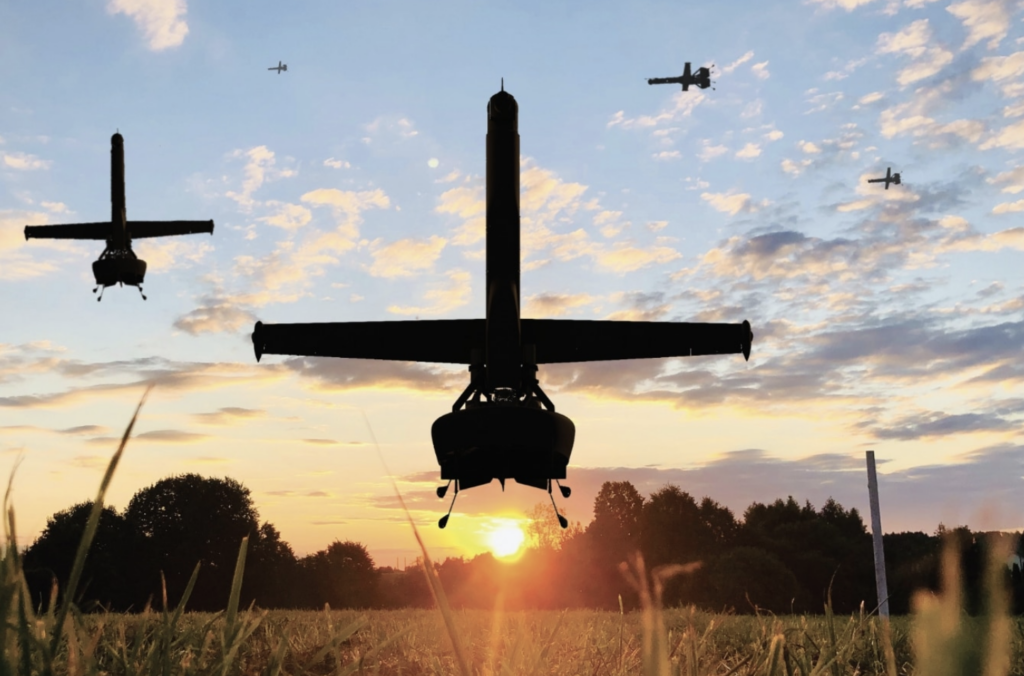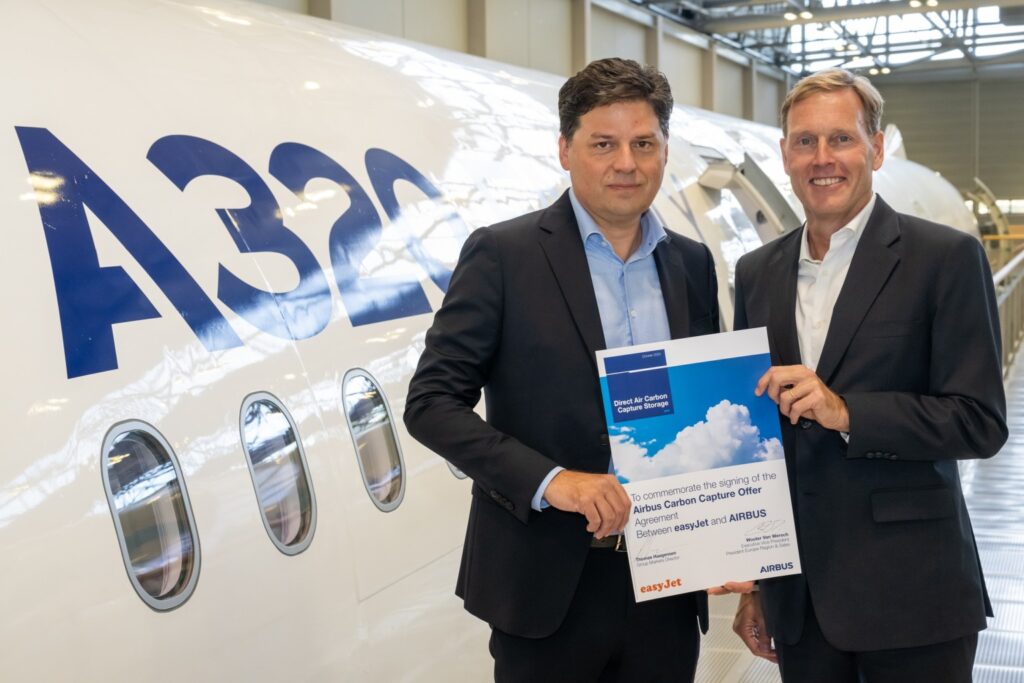ForeFlight Announces Oceanic Plotting, Fleet Tracking Add-Ons For Business Jet Avionics
![]()
Boeing’s ForeFlight subsidiary is now offering oceanic plotting and fleet tracking navigation technologies for business jets.
Oceanic plotting is an add-on to ForeFlight’s existing Active Navlog system, released in May, and will be integrated with ForeFlight Dispatch.
Combining the two will enable paperless oceanic plotting directly in ForeFlight Mobile, allowing operators to eliminate the use of paper charts for oceanic plotting and record-keeping, the company says. As with the base Active Navlog product, performance estimates are automatically re-calculated during the flight as pilots record time and fuel actuals at each waypoint.
With Oceanic Plotting pilots can record position reports and gross navigational error checks. Every check is automatically recorded in the master flight log with an associated screenshot for effortless record-keeping, while completed navigation logs are automatically uploaded to ForeFlight Dispatch and attached to the flight plan.
“Logging position reports and GNE checks has been a manual, time-consuming task for our customers,” said Kevin Sutterfield, ForeFlight and Jeppesen global sales leader. “Throughout the development of this feature, we actively incorporated feedback from numerous ForeFlight customers. ForeFlight’s Oceanic Plotting feature simplifies the process of oceanic crossings for pilots while also automating the regulatory compliance required for those operations.”
Active Navlog is available as a per-user subscription add-on product, with or without a subscription to ForeFlight Dispatch, while Dispatch will be required in addition to Active Navlog to enable the Oceanic Plotting capability once it’s available.
Fleet Tracking enables operators to monitor their fleet’s on-time operations and early detection of potential schedule disruptions, the company says. It can integrate with ForeFlight Dispatch, giving operators the ability to see the live status of all tracked flights. Operators will also have access to an interactive map displaying the positions and statuses of all tracked aircraft.
That interactive fleet tracking page shows ground-based Automatic Dependent Surveillance-Broadcast, or ADS-B, data from AirNav Systems and incorporates ForeFlight’s map-based weather layers. If any flight encounters a delay or inclement weather, planners can make changes to the flight plan in ForeFlight Dispatch.
“Providing dispatchers with real-time and accurate aircraft tracking significantly boosts safety and efficiency,” said Sutterfield. “I believe that digital solution suites are changing the business aviation industry because they allow operators to anticipate schedule disruptions and mitigate issues in real-time.”
Two distinct tiers of fleet tracking will be available. The first includes global tracking through ground-based ADS-B. The second, higher tier adds support for global tracking by datalink position reports as well as the ability to track FAA-blocked tail numbers. Both tiers will be available as per-aircraft add-on subscriptions and will require a subscription to ForeFlight Dispatch.
—————
Boost Internet Speed–
Free Business Hosting–
Free Email Account–
Dropcatch–
Free Secure Email–
Secure Email–
Cheap VOIP Calls–
Free Hosting–
Boost Inflight Wifi–
Premium Domains–
Free Domains






